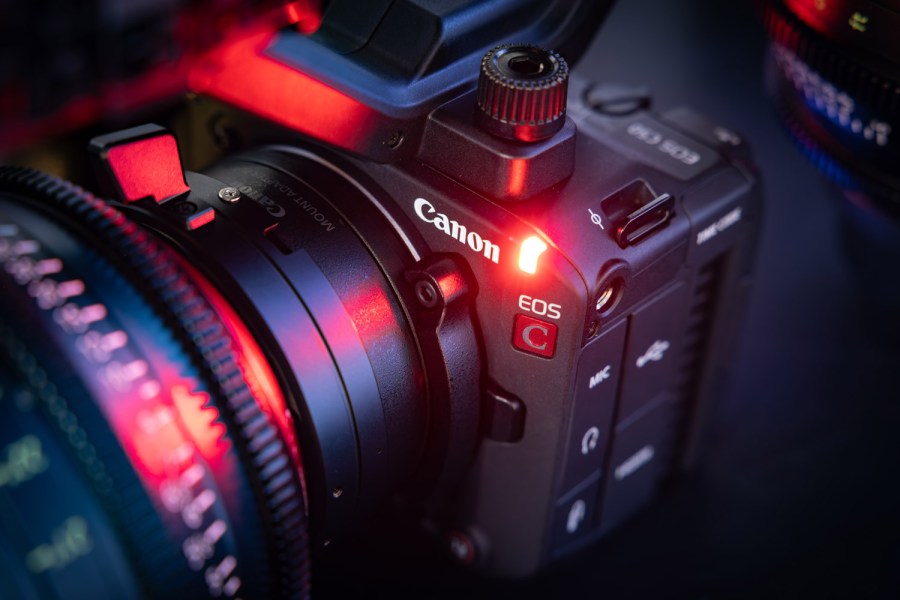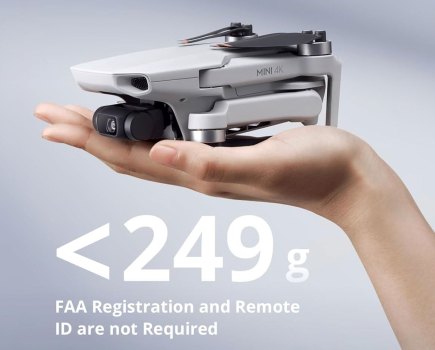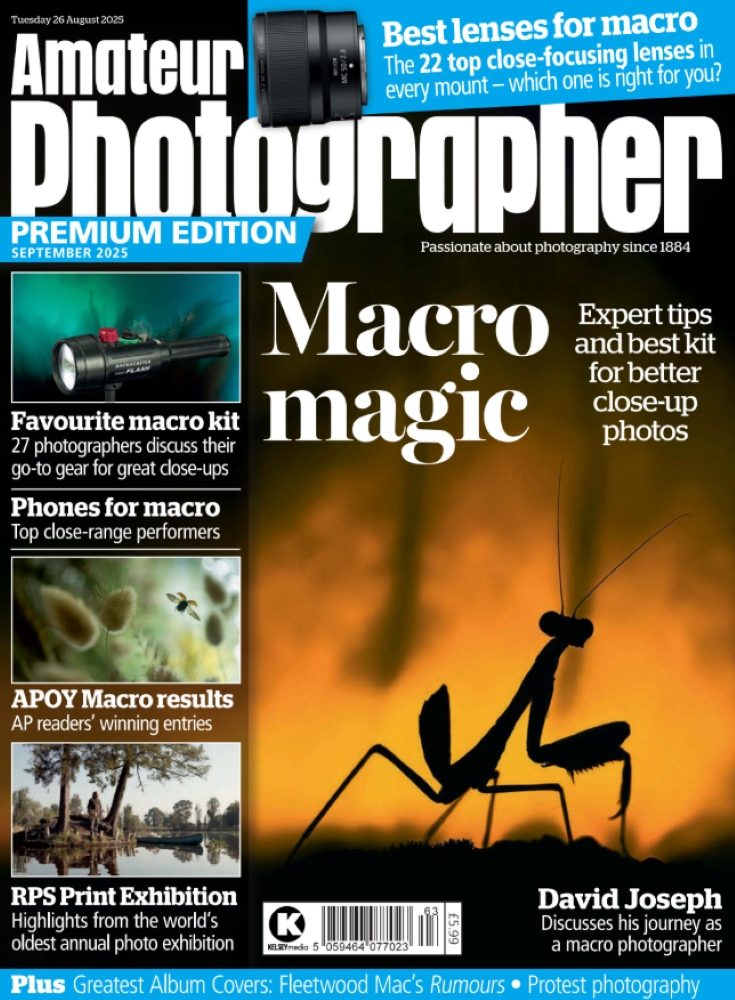You know the saying, you wait all day, then three come along at once. But that’s normally related to buses. This time, it’s affordable “Cine” / video cameras from Nikon (10th Sept), and Canon (9th Sept), both in competition with the recently announced Sony FX2, making it even more difficult to choose the best video camera.
Here we run through the major specifications:
| Nikon ZR | Sony FX2 | Canon EOS C50 | |
| Price (body only) | $2199 / £2199 | $2699 / £2699 | $3899 / £3359 |
| Sensor | 24MP full-frame sensor | 33MP full-frame sensor | 32MP full-frame sensor |
| IS | IBIS (5-axis) | IBIS (5-axis) | Optical (Lens) |
| Highest resolution video | 6K 60p RAW (internal) | 4K 60p (crop) 30p no crop (oversampled from 7K), 4.7K RAW (crop) | 7K 60p |
| Fastest framerate video | 4K 120p (APS-C crop), Full HD 240p | Full HD 120p | 4K 120p, Full HD 180p |
| Dual Base ISO | 800/6400 (Max ISO 51,200) | 800/4000 (Max ISO 102,400) | 800/6400 (Max ISO 102,400) |
| Stops | 15+ stops | 15+ stops | 15+ stops |
| Bit-depth (video) | 12-bit | 10-bit / 14-bit (cropped) | 12-bit (Cinema RAW) |
| Viewfinder | None | Tilting 3.68M dot tilting EVF | None |
| Screen | 4inch, 3.07m dot, vari-angle (1000nit) | 3inch, vari-angle | 3inch, 1.62m dot, vari-angle |
| Audio | 32-bit float | 24-bit | 24-bit |
| Storage options | CFexpress Type B, MicroSD | CFexpress Type A, SD | CFexpress Type B or SD UHS-II |
| Output | microHDMI | HDMI (full-size) | HDMI (full-size) |
| Other | Fanless design | Riggable, Fan and heatsink built-in | Open Gate, Internal cooling fan |
| Dimensions | 134×80.5x49mm | 129.7x77.8x103.7mm | 142x88x95mm |
| Weight (with battery, memory) | 630g | 679g | 670g* body only |
Specifications tell you a lot of information, but are only part of the story in what makes up a camera system, so let’s go into some more detail about what else is going on with these new cameras.
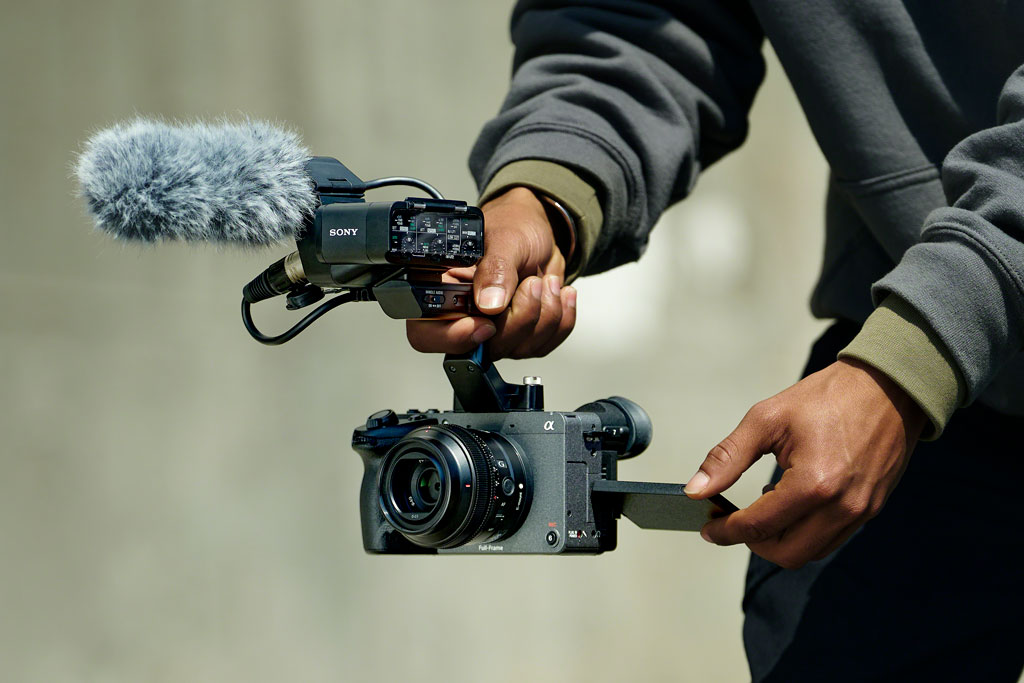
Lenses available
For me, the lens I use is one of the most important things, for example if I’m shooting in a small space, than an ultra-wide lens is essential (and the crop factor plays a big part in this). Lenses available for each system at the current date show that there are over 100 lenses available in Sony E-mount, over 40+ available in Canon RF-mount, and over 30+ lenses available in Nikon Z-mount. There are also third-party lenses, as well as the ability to adapt different lenses to different systems, especially if you’re willing to use DSLR lenses.
Crop factor (and resolution)
The crop factor comes into play on the Nikon ZR when you record 4K 120p with an APS-C crop, but recording at 6K 60p there is no crop. This is in contrast to the Sony FX2 which only record 4K with which has a crop when you select 60fps, but no crop with 30fps. The Canon EOS C50 recording 7K 60p with no crop.
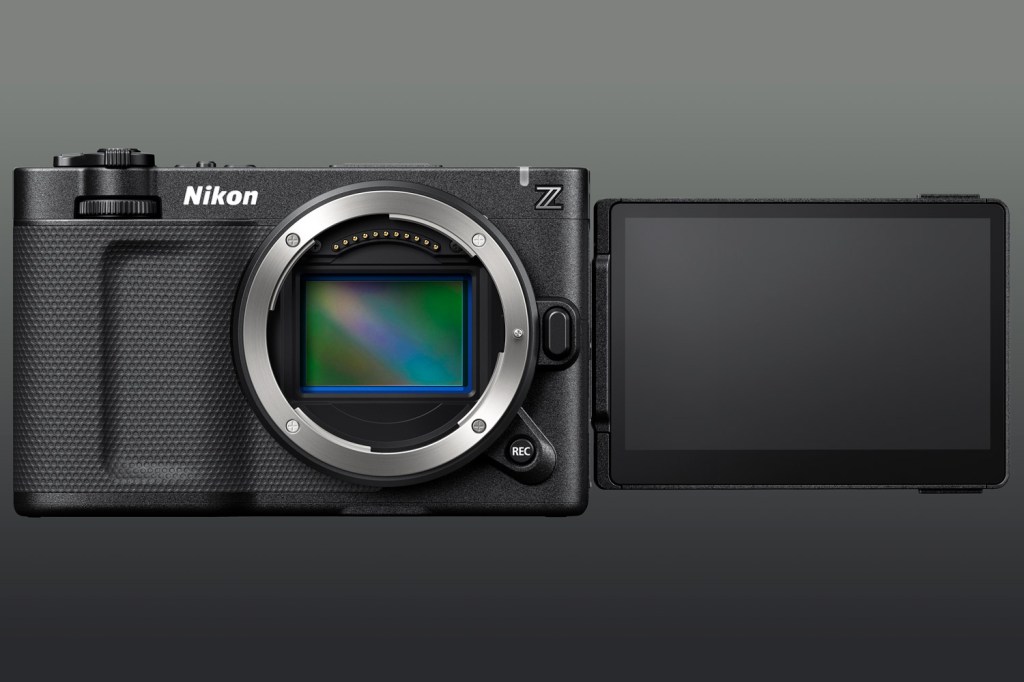
Raw video recording
Nikon gives you three different RAW recording formats: R3D NE (based on RED’s raw format), Apple ProRes RAW, and Nikon N-RAW, and supports Full HD (MP4) proxy recording. The Canon EOS C50 offers Cinema RAW Light (CRM, internal), XF-AVC (MXF), XF-AVC S (MP4), and XF-HEVC S (MP4), as well as simultaneous recording in dual slots / multiple formats, and proxy recording. The Sony FX2 offers XAVC HS: MPEG-H HEVC/H.265, XAVC S: MPEG-4 AVC/H.264, as well as proxy recording, and 14-bit RAW over HDMI, but not internally.
Screen (and viewfinder)
The screen is a big deal, especially as the Nikon ZR introduces a 4inch screen, with a 1000nit brightness rating. If you want a large screen another option is the Blackmagic Pocket Cinema Camera 6K G2 (<£2000), which has a 5inch tilting screen. Or you could look at an external screen, like the models from Atomos. If you’re planning on doing this anyway, then the size of the built-in screen on these cameras doesn’t really matter.
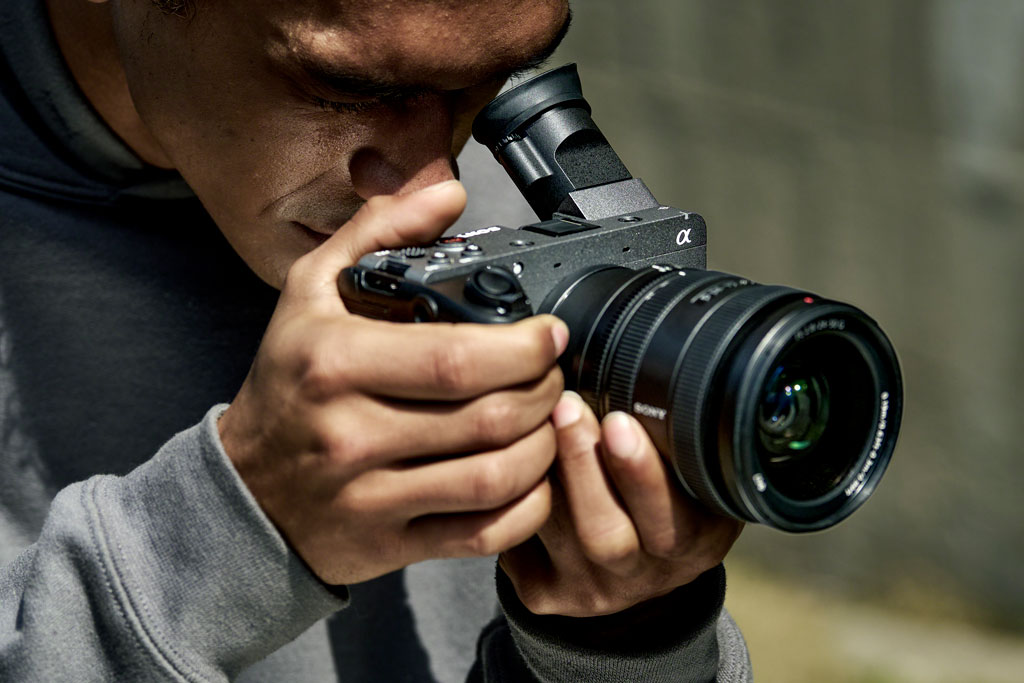
The Sony and Canon cameras have 3inch screens, but the Sony FX2 goes further with a high-resolution tilting electronic viewfinder (EVF).
Output via HDMI
The Nikon ZR records RAW internally, so outputting RAW footage might not be as big of an issue on the Nikon, but if you do want to, there is a MicroHDMI (the smallest HDMI connection you can get). In comparison the Sony and Canon cameras have full-size HDMI.
Recording times…
The Nikon ZR offers up to 125 minutes (R3D NE 6K 60p) when paired with an external power source. The Canon can record 7K for up to 81mins, or up to 505mins 4K 25P (FF, 135mbps), again, this will be with an external power source. Sony give recording times as 90min / 100min (viewfinder/LCD) “Actual recording” using CIPA standards, and up to 150 / 155min (viewfinder/LCD) as “Continuous recording” with the battery, without the requirements to switch the camera on/off etc.
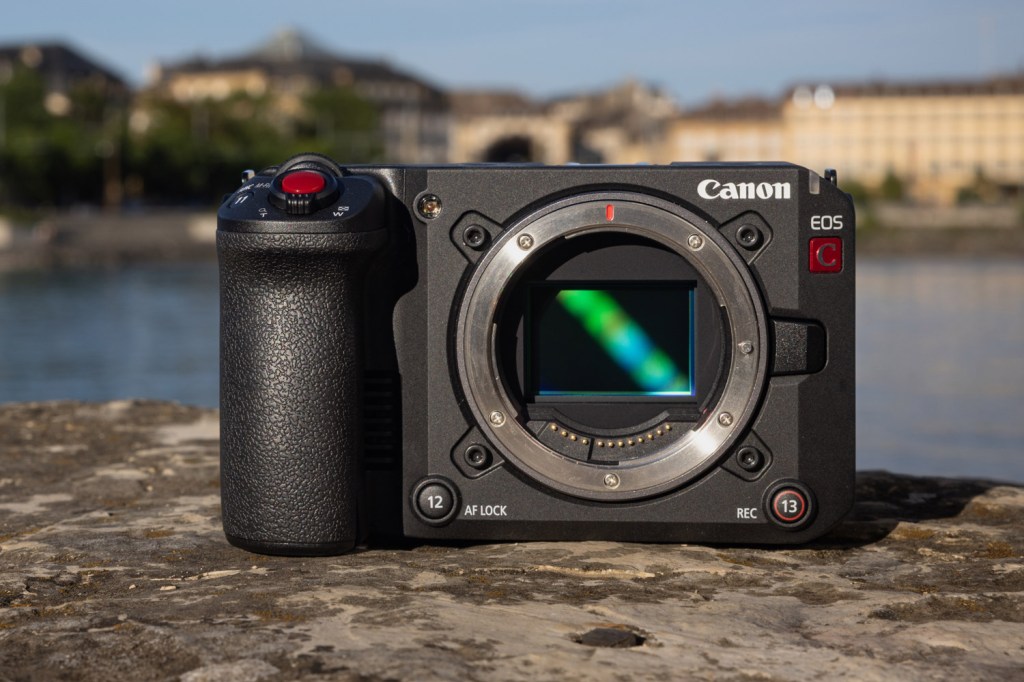
So which one should you buy?
Well, the choice is going to be down to your own personal needs, and workflow requirements, as well as any existing kit you may already have. But if you’re starting from scratch, and want the cheapest option, and a high-resolution video output, the Nikon ZR is a very compelling option, being the cheapest of the three. The large screen alone is one that is something I’d like to see on all types of camera, not just ones made for video. Equally having a viewfinder might be a good reason for some users to choose the Sony FX2.

